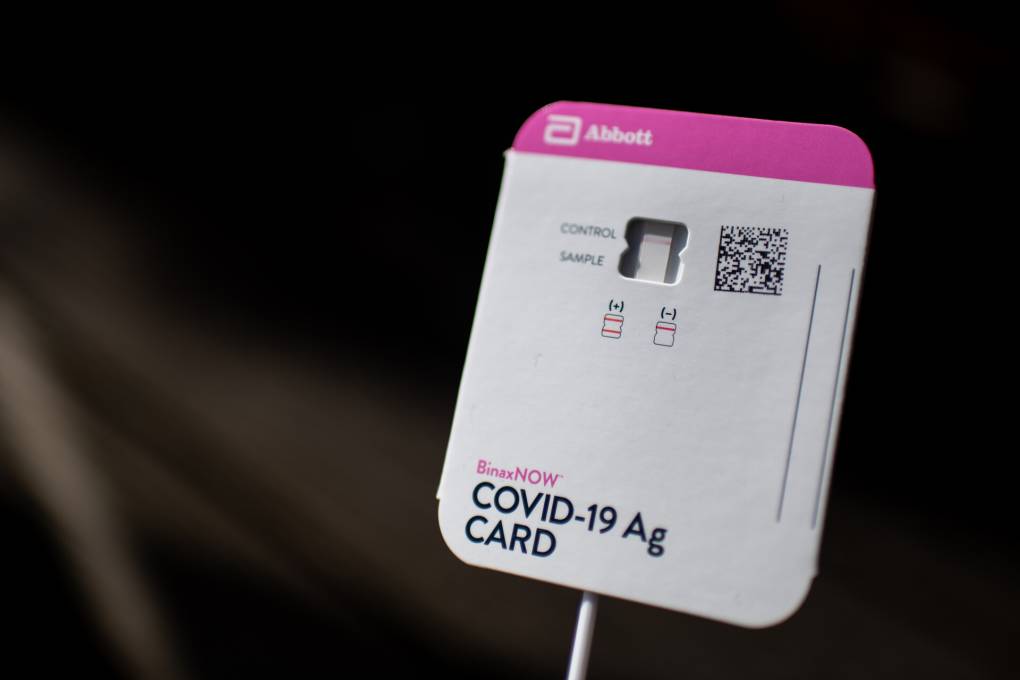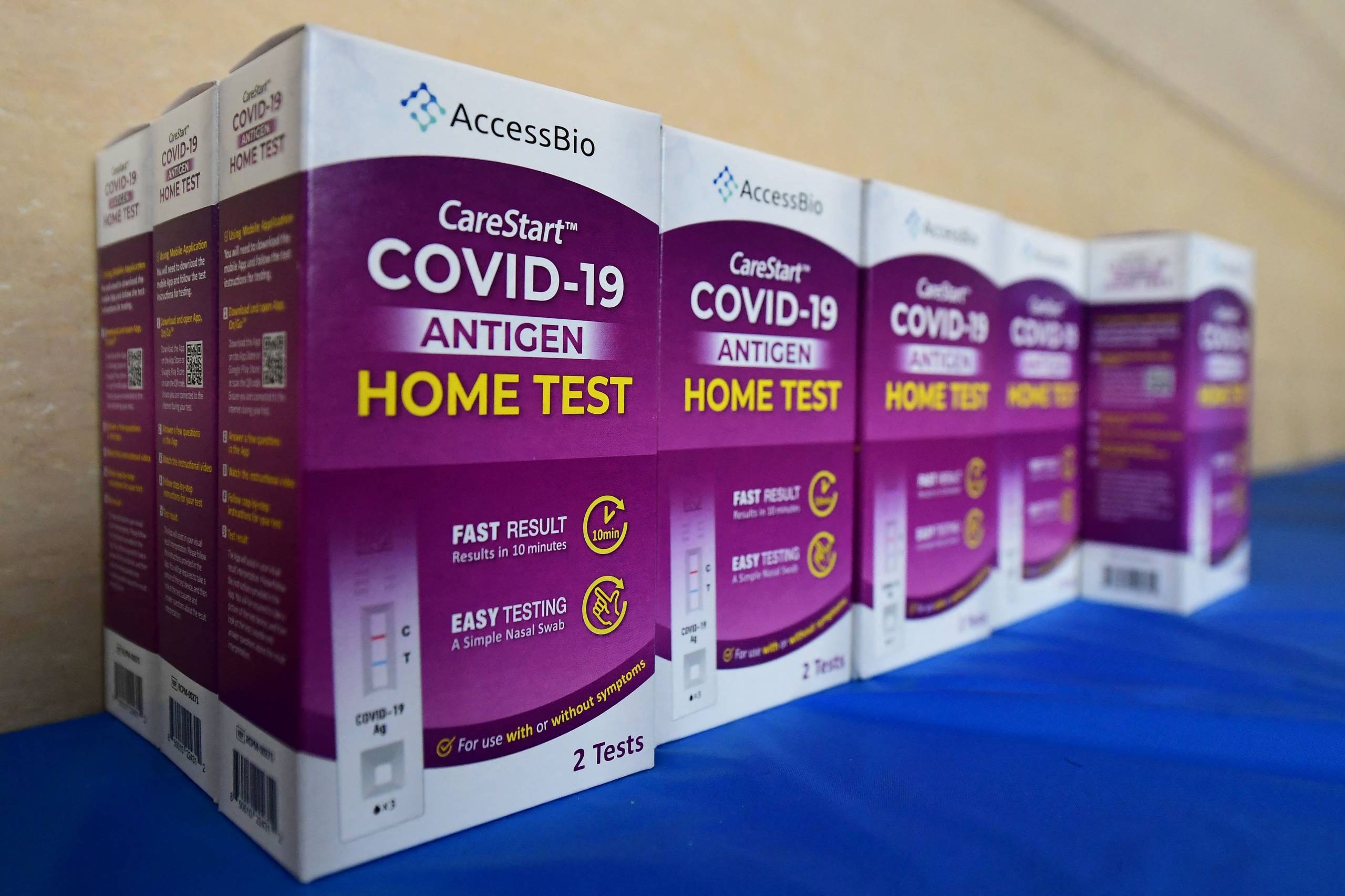As a reminder, those symptoms are the sign that your body’s immune system is mounting a response to an invading virus. Back at the start of the pandemic, by the time you developed COVID-19 symptoms and took a test, it would probably already be positive.
But at this stage of the pandemic, “we likely have more immune cells circulating that can recognize the enemy, so it ‘sounds the alarm’ quicker [and] people might feel something faster than in the old days,” Chin-Hong said.
The bottom line: If you’re testing because you’ve started feeling unwell, don’t assume a negative result means you don’t actually have COVID-19. Play it safe, stay home as much as you can and wear a well-fitted mask if you can’t. Take another antigen test 48 hours later, Chin-Hong said. You can also seek out a PCR test, which is more sensitive.
… and make sure your COVID-19 test hasn’t expired
Those COVID-19 tests you might have in a drawer may be approaching their expiration date if they haven’t already passed it. And an expired test could give you an unreliable result.
You can check the FDA’s list of antigen test types to see whether the box you’re holding has had its shelf life extended by the manufacturer. The FDA said that if a test’s shelf life has been extended, it’s because the manufacturer has given the agency enough “data showing that the shelf-life is longer than was known when the test was first authorized.” (In other words, it’s still OK to use that test.)
Another tip from Chin-Hong: “A quick and dirty way” to know if you’re using a functional COVID-19 test is to make sure the control line turns positive. If that doesn’t happen, “that means the test is probably not working,” he warned.
How to find a COVID test (with or without insurance)
There’s no way to sugarcoat this: Finding a quick, free COVID test — whether an at-home antigen test or a PCR test — has gotten progressively harder at this stage of the pandemic, as more sites and services have been shuttered for good.
So, what do you do now if you don’t already have a supply of antigen tests for COVID-19 at home right now? Try the following:
Purchase a COVID-19 at-home antigen test at a pharmacy near you
If you have health insurance, you can request reimbursement from your health insurer for the cost of up to eight at-home tests per month, so don’t throw away your receipts.
Find a COVID-19 PCR testing site near you
Currently, there are still some sites offering free COVID-19 testing around the state. Try visiting MyTurn.ca.gov/testing and applying the “Free Sites” filter from the drop-down menu. You can also find a health center near you and ask if they offer COVID-19 testing.
If you have health insurance, contact your provider
If you’re insured through major Bay Area providers like Kaiser Permanente or Sutter Health, the easiest way to get a COVID-19 test may be to make an appointment through your provider.
Most providers offer sign-ups online through a member login and appointments can also be made by phone.
Read more about where to find a free or low-cost COVID-19 test in 2025.
Negative for COVID? Keep testing and stay home
If your first initial COVID test is negative, remember that because incubation periods can vary, it can take a little while longer to get a positive COVID test — even if you have symptoms already. Follow Dr. Chin-Hong’s advice above to “rinse and repeat” your tests, to be sure.
What if you’re still feeling sick and it’s not COVID? Whether you’re suffering from a bad cold instead, it’s still a very good idea to stay home as much as you possibly can, to avoid infecting other people.
Tell us: What else do you need information about?
At KQED News, we know that it can sometimes be hard to track down the answers to navigate life in the Bay Area in 2025. We’ve published clear, helpful explainers and guides about issues like COVID, how to cope with intense winter weather and how to exercise your right to protest safely.
So tell us: What do you need to know more about? Let us know and you could see your question answered online or on social media. What you submit will make our reporting stronger, and help us decide what to cover here on our site and on KQED Public Radio, too.



